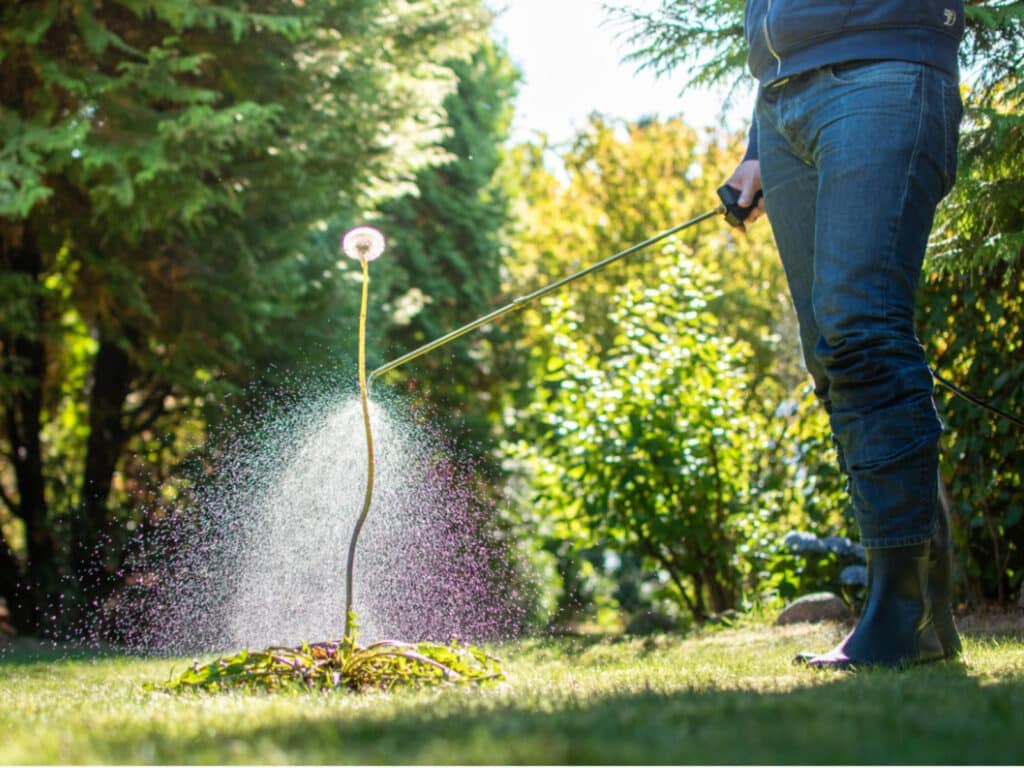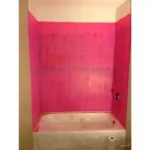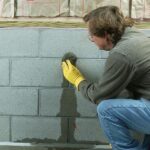Once your garden is planted, the last thing you want to worry about is weeds. If you are looking for a way to prevent weeds naturally, many people have found success with Treflan and Preen. These products work in different ways, but they’re both effective and easy to use.
When you’re in the market for a pre-emergent herbicide, you may be wondering which one is better: Treflan vs Preen? As it turns out, they’re both pretty good, but they’re not exactly the same. Let’s see how these products compare.
Table of Contents
Treflan vs. Preen Overview
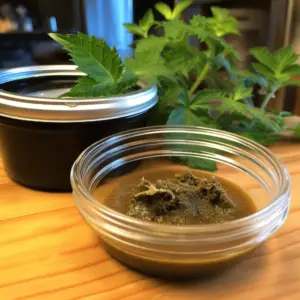
Both Treflan and Preen are pre-emergent weed killers, which means that they will kill weeds that sprout from seeds in the soil.
Preen and Treflan are fairly similar products that perform virtually the same function—they’re both applied to the soil before planting a garden or lawn to prevent weeds and grasses from popping up. They’re also both chemicals and therefore have some risks associated with them.
Both products come in granular form and can be spread over your garden and lawn with a spreader. Once applied, the product works its way into the soil and prevents any new weeds from sprouting for several months afterward.
Both of these products do a great job of controlling weeds in the garden without killing your plants.
Here’s what the two of them have in common:
- They both kill weeds by inhibiting cell growth in the roots.
- Both can be used in vegetable gardens (although not on root crops like carrots & potatoes).
- They both work as a barrier. Treflan is often described as a “miracle” because it forms an invisible weed barrier that kills weed seeds as they germinate. Preen also forms an invisible weed barrier, but it works a little differently.
- Both products come in granular form; when applied, they dissolve into the soil and release their weed-killing chemicals.
Is Treflan the same as Preen?
No, not exactly. Treflan is a brand name for trifluralin, a herbicide that kills many types of broadleaf weeds and grasses. Preen is a brand name for trifluralin plus other ingredients, including carbonyl diamide, which helps the chemical stick to plant leaves.
What is the Difference Between Treflan vs Preen?
If you’re trying to decide whether to use Treflan vs Preen in your garden, it’s important to note the differences between these two products. While some people use the terms “Treflan” and “Preen” interchangeably, they are not actually the same thing.
There are several key differences between these two products, but let’s start with the basics:
Active Ingredient:
The active ingredient in Treflan (trifluralin) is different from the active ingredient in preen (trifluralin+oryzalin)
Trifluralin is a PRE-emergent pesticide that kills weeds only after their seeds germinate. It stops cell division and development when weed seeds germinate.The roots and leaves of plants absorb it and move it to the growing points. Low solubility keeps trifluralin in the soil and not leached. Trifluralin half-life is months. This means that trifluralin applied in the fall will last all winter and into spring while new weeds grow.
Corn gluten meal contains 10% nitrogen by weight in preen. Preen breaks down and releases nitrogen into the soil as plant nourishment, so only apply it every three months.
Oryzalin also belongs to a group of chemicals known as pre-emergence herbicides; its mode of action blocks mitosis in actively dividing cells.
Weeds Controlled:
Both products will inhibit the growth of common annual weeds, like crabgrass, chickweed, and lambsquarters. However, preen also controls certain perennial weeds, such as dandelions and plantains.
Areas Where It Can Be Used:
In addition to using it in residential lawns and gardens, Treflan can also be used on commercial turf grasses and golf courses.
Preen is not recommended for commercial uses. It is for residential use only.
When is The Best Time to Apply Treflan or Preen?
The best way to prevent weed seeds from sprouting is to apply pre-emergent herbicides before the weeds sprout. When used properly, pre-emergent herbicides can prevent a significant amount of weeds from growing in your lawn or flower bed.
When you apply Treflan or Preen depends on what you’re trying to control and what type of landscape you have. For example, if you want to prevent crabgrass from invading your lawn, it’s best to apply Treflan before the soil temperature reaches 55 degrees Fahrenheit.
Since crabgrass germinates when soil temperatures reach 60 degrees F, applying a pre-emergent herbicide before this happens gives the chemical time to work its magic and prevent weeds from growing.
If your goal is to control weeds in your flower beds, it’s best to wait until all danger of frost has passed and then apply a generous layer of preen around your plants.
Is Treflan vs preen safe for the environment?
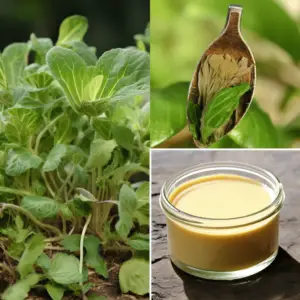
The health and safety of your children and pets comes first, especially in the spring when your lawn may have been treated with chemicals. You want to make sure the products you put on your lawn are safe for your kids and pets to play on.
Whenever you use a herbicide, you will want to carefully follow the application instructions on the label.
Many people want to know if Treflan vs Preen is safe to use around their homes and gardens. The answer is yes, as long as you follow the package directions carefully and apply the product only as directed. The label also has specific instructions for use around children, pets, and wildlife, so be sure to read it before using any weed killer. The product labels say Treflan and preen are safe for most types of lawns and gardens when used according to label directions.
How to Use Treflan and Preen
If you’re going to use Treflan, preen or any similar herbicide, remember these useful tips:
- Always check the temperature and weather forecast before applying. Treflan and preen can’t be applied if the temperature is below 50 degrees F or above 90 degrees F. Don’t apply when it’s raining or during heavy winds.
- Before applying treflan or preen, mow your grass as short as possible so that the chemical can come in contact with the soil.
- Don’t water your lawn for at least 24 hours after applying treflan or preen, but don’t forget to water regularly after that time period has passed.
- Apply treflan or preen in a consistent pattern for best results, either in concentric circles or a back-and-forth pattern that covers the entire yard without overlapping.
- If pets or children will be using the lawn once you’ve applied treflan or preen, wait until the chemical has soaked into the soil.
